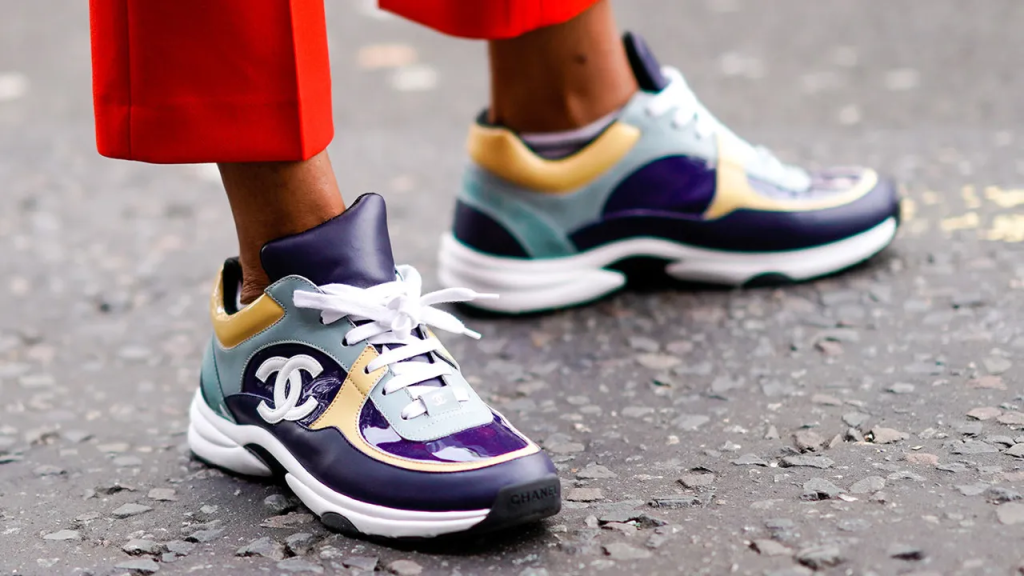
Sneakers have become an essential part of modern fashion, but their history dates back to the 19th century. Today, sneakers are a staple in many wardrobes worldwide, but their origins are rooted in function rather than fashion. In this article, we will explore the history of sneakers, from their early beginnings as practical shoes to their current status as fashion icons.
Early Beginnings
The first sneakers were created in the late 18th century and early 19th century. These shoes were designed for practical purposes such as sports and exercise, and they were made with rubber soles and canvas uppers. The name “sneaker” comes from the fact that the rubber soles allowed wearers to move silently or “sneak” around.
The first pairs of sneakers were not mass-produced, and they were only available to the wealthy. However, as the popularity of sports such as basketball and tennis grew, so did the demand for sneakers. Manufacturers began to create more affordable and accessible versions of sneakers, allowing more people to enjoy the comfort and practicality of these shoes.
Converse and the Rise of Sneaker Culture
In the early 20th century, Converse created the All-Star basketball shoe, which would go on to become a cultural icon. The All-Star was the first mass-produced basketball shoe and was worn by many famous athletes, including Chuck Taylor and Wilt Chamberlain.
The All-Star was a game-changer in the sneaker industry and helped to solidify Converse’s place in sneaker culture. The popularity of the All-Star also contributed to the rise of sneaker culture, with people collecting and investing in rare and limited edition pairs.
Adidas and Nike’s Rise to Prominence
In the 1960s, Adidas and Nike emerged as major players in the sneaker industry. Adidas created the “Superstar” sneaker, which became a cultural phenomenon and was worn by many famous athletes and musicians. Nike, on the other hand, released their first sneaker, the “Cortez,” in 1972. The Cortez was a running shoe that was inspired by the design of the All-Star basketball shoe.
Nike’s rise to prominence was helped by the endorsement of basketball player Michael Jordan. Nike created the Air Jordan line in collaboration with Jordan, and the shoes became a cultural phenomenon, with people lining up outside stores to get their hands on the latest release.
Fashion and Sneakers
In the 1980s, sneakers began to make their way into the fashion industry. Designers such as Gucci and Prada created their versions of sneakers, incorporating luxury materials and high-end design elements. Sneakers became a way for people to express their individuality and style, and they were no longer just worn for practical purposes.
The rise of sneaker culture also contributed to the popularity of high-end sneakers. Sneakerheads, or people who collect and invest in rare and limited edition pairs, became a subculture within sneaker culture. Sneaker conventions and releases created a sense of community among sneaker enthusiasts, and social media platforms such as Instagram allowed sneakerheads to share their collections and connect with others who share their love for sneakers.
The Future of Sneakers
Sneakers have come a long way since their early beginnings as practical shoes. Today, sneakers are a cultural phenomenon and a symbol of style and status. They have become a way for people to express their individuality and style. And they have solidified their place in the fashion industry. The future of sneakers looks bright, with no signs of them slowing down. Sneaker brands continue to release new designs and collaborations. And people continue to collect and invest in rare and limited edition pairs.
In conclusion, the history of sneakers is a long and fascinating one. What was once a practical shoe worn for sports and exercise has now become a cultural phenomenon and a symbol of style and status.

